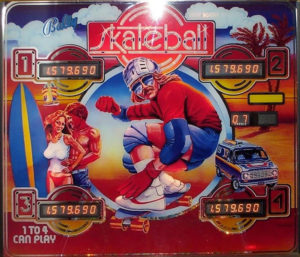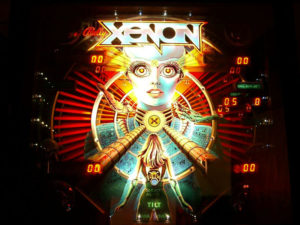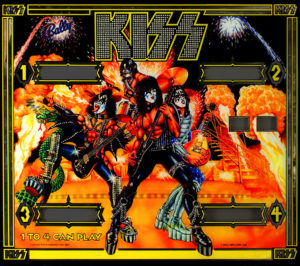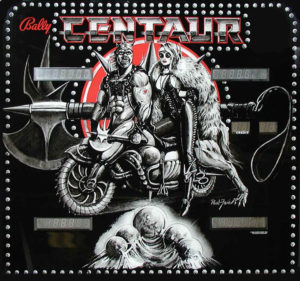“Welcome to Xenon” announces the machine when you coin it up. This is the first game to
incorporate a female synthesized voice as its main character. Bally produced 11,000 of these sexy,
colorful games. It was designed by Greg Kmiec with art by Paul Faris. This is also the first time a
game has a “vocalizer” board installed in it. Prior to this, a “squawk and talk” system was used.
Finally, you can really understand the game! The playfield incorporates a right-side Xenon transport
tube, which, when shot and conditions are met, lock the ball. An upper saucer at the top of the
playfield not only drops one of four drop targets when rolled over, but advances the “X” value.
Making three “X” completions lights the lock. The second time around awards a two-ball multiball
extravaganza. Drop targets, when all four are completed, advance the bonus toward specials also.
The moto exit value increases the more times the transport tube is made. A great package!







